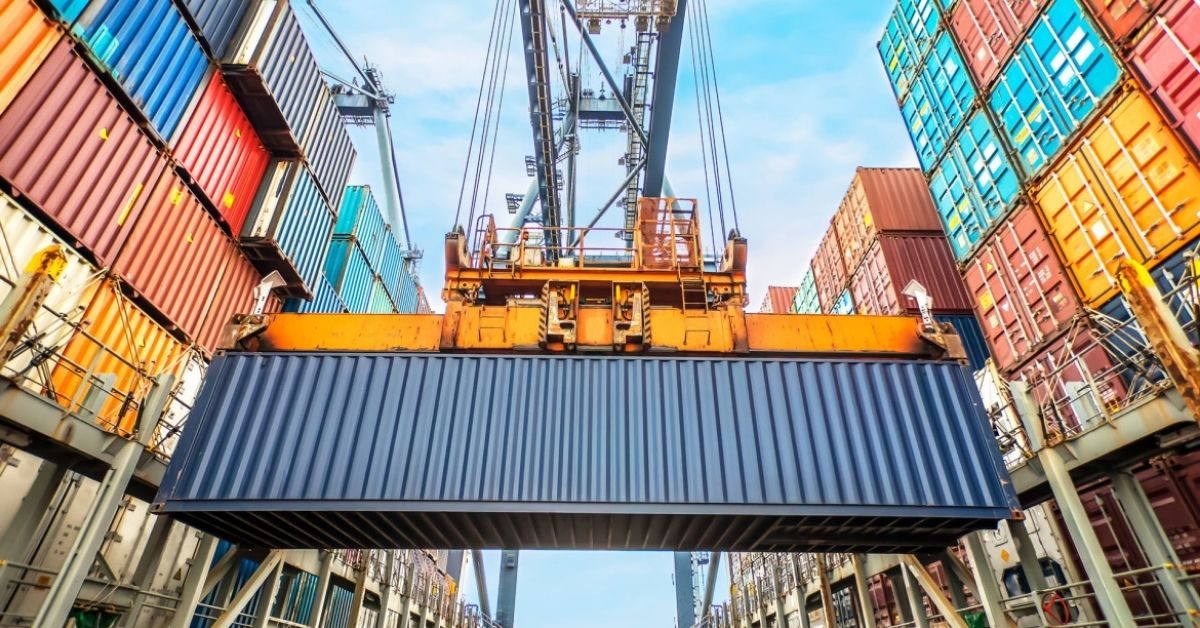The ports of Hamad, Doha and Al Ruwais have recorded double digit growth in ship calls both on a monthly and annual basis. Further Hamad Port has also recorded the highest throughput in October. The growth in containerised trade, Ro-Ro shipping and infrastructure development to a larger extent is attributed to the private sector participation.
The number of ships calling on Qatar’s three ports stood at 319 in October 2022, which grew 10.76% and 15.58% on annual and monthly basis respectively.
Hamad Port – whose strategic geographical location offers opportunities to create cargo movement towards the upper Gulf, supporting countries such as Kuwait and Iraq and south towards Oman – saw as many as 147 vessels call on the port in the review period.
As many as 2,495 ships had called on three ports during the first 10 months of this year. In October, a new service Gulf-India Express 2 (GIX2), a circular service connecting Hamad Port with India, commenced operations.
“The maritime sector of Qatar has undergone a significant transformation in recent years,” Mwani Qatar had said in a tweet.
The container handling through three ports stood at 129,482 TEUs (twenty-foot equivalent units), which rose 13.46% and 5.26% respectively in October 2022.
Hamad Port, which is the largest eco-friendly project in the region and internationally recognised as one of the largest green ports in the world, saw 127,462 TEUs of containers handled this October.
The container handling through the three ports stood at 1.19mn TEUs during January-October this year.
The container terminals have been designed to address the increasing trade volume, enhancing ease of doing business as well as supporting the achievement of economic diversification, which is one of the most important goals of the Qatar National Vision 2030.
The three ports handled 6,660 RORO in October 2022, which registered a 32.99% and 10.12% growth on yearly and monthly basis respectively. Hamad Port alone handled 6,393 units in October this year.
The three ports together handled as many as 66,199 vehicles during the first ten months of this year. In the last five years, about 500,000 units have been handled through Mwani Qatar to meet the growing demand for transportation options in the country.
The building materials traffic through the three ports stood at 57,091 tonnes in October this year, which zoomed 57.55% on an annualised basis and more than doubled month-on-month in the review period.
A total of 409,651 tonnes of building materials had been handled by these ports in January-October 2022. In the last five years, Hamad Port has handled 4mn tonnes of building materials.
The general cargo handled through the three ports was 161,208 tonnes in October 2022, which showed a 10.97% annual decline although it soared 21.88% month-on-month in the review period.
Hamad Port – whose multi-use terminal is designed to serve the supply chains for the RORO (vehicles), grains and livestock – handled 42,350 freight tonnes of bulk and 104,010 freight tonnes of breakbulk in October this year.
On a cumulative basis, the general cargo movement through the three ports totalled 1.31mn tonnes during January-October this year.
The three ports had handled 22,044 livestock in October 2022, which plunged 51.55% year-on-year but more than tripled on monthly basis. The ports had handled a total of 149,360 heads during January-October this year.
In the past five years, Hamad Port has received about 4.5mn heads of cattle to meet the rising demand for meat.







